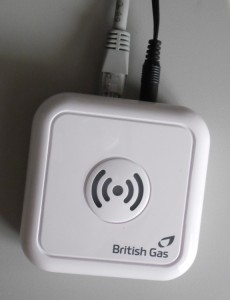The recent government incentive to promote ecological mind sets in the home is good news for the environment. Householders will be offered loans to deck out their homes with energy-saving appliances and equipment, including extra insulation and new boilers.
So what exactly do you need for your home?
Loft Insulation
If you’ve no loft insulation in your house, you could be losing up to a quarter of your home’s heat through the roof.
Most newer buildings are built to a standard taking into account this loss, but if you have a home that’s a little older, chances are you’re wasting all that lovely warmth and putting yourself out of pocket.
The Green Deal will provide owners of uninsulated homes the chance to reduce the energy used in heating by proving loft insulation.
Wall Insulation
You could be looking at losing up to a third of your home’s heat through uninsulated walls. Cavity walls are much more energy efficient than the solid walls of older houses, and if your home was built before around 1940, it’s more likely to have the latter.
With good wall insulation, you’re looking at making a real saving in energy bills so it’s a good idea to find out if you’re equipped to keep all the heat in your home.
Boilers
According to energy efficiency ratings, a band A boiler is 20% more energy and cost effective and a band G one. It’s usually the older boilers branded with the G rating.
If your boiler is outdated, you could be losing a lot of money from it. Modern, band A boilers have an energy efficiency rating of 90% and allow you to keep much better tabs on your energy use. It’s worth investing in thermostatic radiator valves so rooms that aren’t being used aren’t heated too.
Katy Jones at Dulas had this to say of the feed-in tariff scheme:
“The feed in tariff incentive from the UK government is encouraging many people to consider installing renewable energy technologies; it will naturally mean that some renewables companies also look to offer energy efficiency measures as part of their product portfolios.”
 Products which will include solar panels. Fitted onto the roof, solar panels are capable of generating renewable energy for the home. And if they are producing more energy than your household needs, you can sell that energy back to the National Grid.
Products which will include solar panels. Fitted onto the roof, solar panels are capable of generating renewable energy for the home. And if they are producing more energy than your household needs, you can sell that energy back to the National Grid.
“From our perspective,” Ms. Jones continues, “Solar PV is a viable, cost effective way to generate free electricity and is especially good for high energy users looking to reduce their energy costs or with Carbon Reduction Commitments to meet.”
Other renewable energy sources will include micro wind turbines, which will be accepted on the Green Deal. Though they are a little small to provide all of your energy, it’s the little things that make a big difference to an energy bill.
With the government backing you, it’s never been a better time to look into renewable energy.


